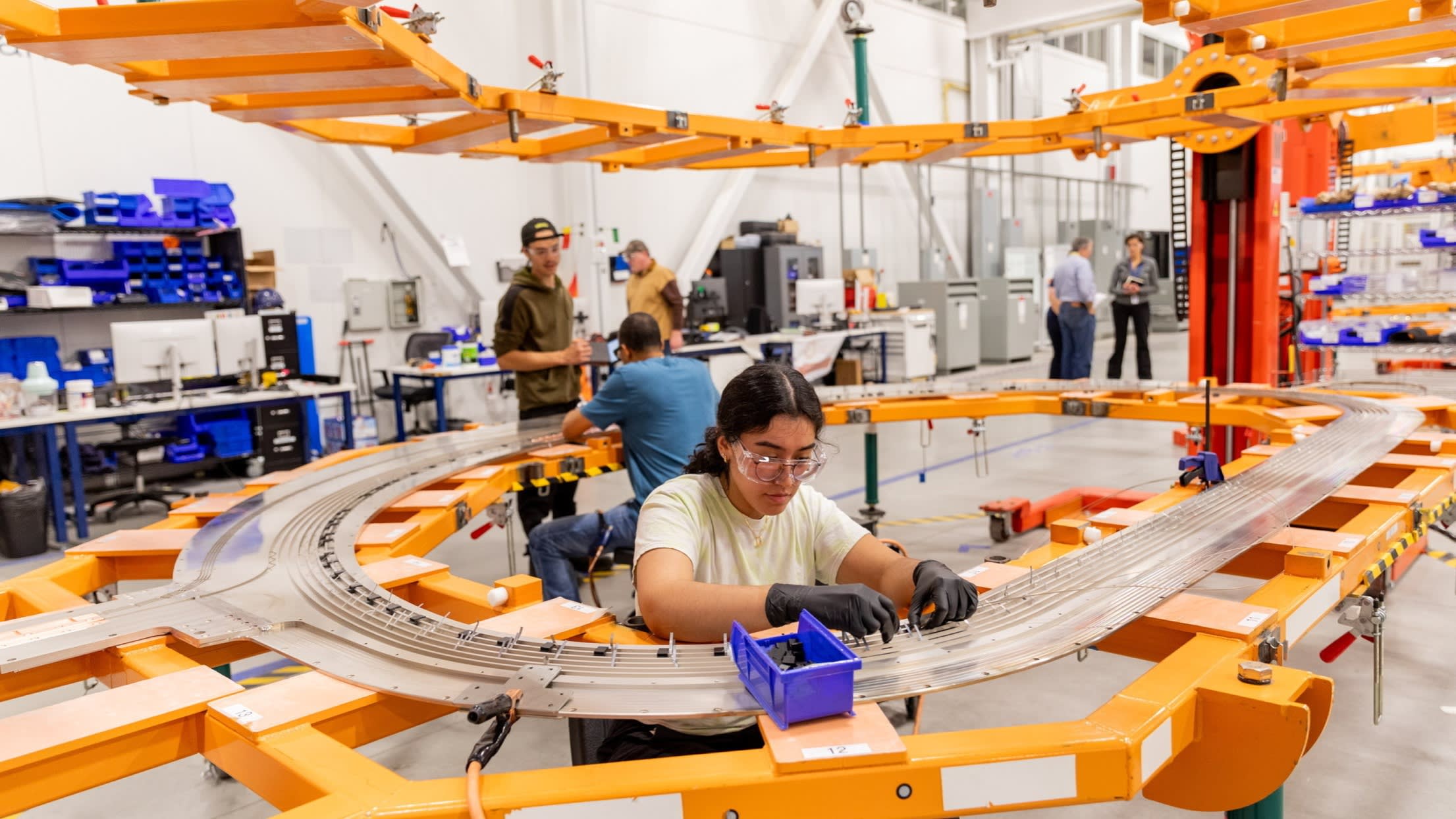
Unlock the Editor’s Digest for free
Roula Khalaf, Editor of the FT, selects her favourite stories in this weekly newsletter.
The US’s largest public utility is taking a multibillion-dollar gamble on a moonshot nuclear technology that could provide unlimited, carbon-free energy — if it works.
The Tennessee Valley Authority plans to build a nuclear fusion plant at the retired coal-fired Bull Run Fossil Plant near Oak Ridge, Tennessee, that could produce enough energy to power 300,000 homes. The company said the plant will cost “several billions of dollars” and produce power at a rate “cost-competitive with coal and natural gas”.
The move is part of a groundswell of interest in nuclear fusion in response to booming power demand from artificial intelligence. Compared with nuclear power derived from fission, which all current nuclear power plants use, fusion has the potential to produce more power and run more steadily and safely.
The project plans to use so-called stellarator technology from developer Type One Energy. Unlike tokamak reactors, the most common kind of fusion reactors, stellarator fusion reactors are designed to require less monitoring and adjustments to produce stable and safe power.
Unlike previous fusion deals, which have been structured as power purchase agreements, TVA will build, own and operate at least one plant, subject to its permitting, financing and design requirements being met. Type One says it expects to complete the final design of the reactor and power plant, permitting and environmental review by 2029.
“This really is a watershed moment in the history of fusion,” said Type One chief executive Chris Mowry told the Financial Times.
However, sceptics say operating a fusion power plant which can compete economically with fission and energy sources such as natural gas and renewables is a formidable challenge.
No company or scientists have been able to create more energy from a reaction than the system itself uses, although investors have poured more than $3bn this year into fusion and fission companies.
Mark Nelson, managing director of consultancy Radiant Energy Group, said: “Investors are clearly excited to see what comes out of these experimental prototype reactors, or are terrified of being left out. Maybe both.”



